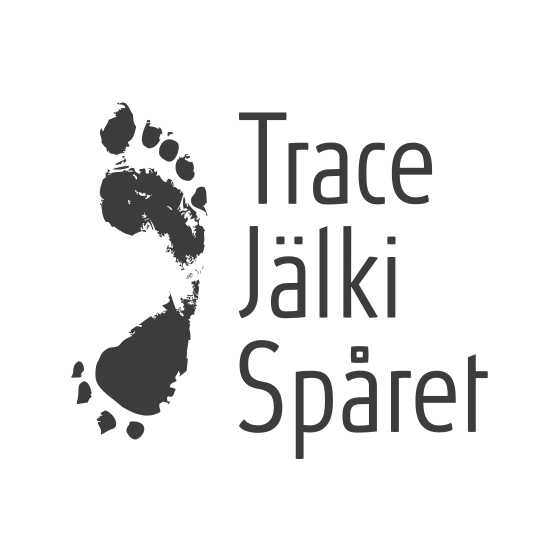Clouded Vision
Contemporary Strategies of Photographic Representation as Acts of Planetary Alliance
Keywords:
Anthropocene, critical ecologies, visual art, art activism, new photographicsAbstract
Humankind is experiencing an existential poly-crisis. Despite years of warnings, we as a species continue to consume and discard the natural elements of the planet at a voracious and unsustainable rate. Scientists articulate frustration and despair at our seeming inability of to acknowledge this unfolding disaster. The Western extractivist framing of planetary elements as ‘resources”, conceptualised during the period of Enlightenment, is enabled through an Anthropocentric vision of the universe, centring human existence whilst disenfranchising all other-than-human existences.
Photographic processes of representation have been employed as a central methodology in cataloguing taxonomies of possession. This paper proposes a recalibration of this acquisitional vision as one of the processes required to catalyse mitigation of the climate emergency. To decentre our human experience, we must extend citizenship to the other-than-human elements of our planet, re-establishing the ecological balance of our relationship. A visible citizenship requires new forms of expression, enabling audiences to reimagine their ecological entanglements and responsibilities of care.
How can a photographic practice avoid rendering its subjects fully visible, and thus exposing them to a possessive and colonising gaze? Can visual artists represent landscapes through a protective partial opacity of care? Through various processes of lens-based and lens-less photographic imaging, many practitioners aim to offer insight and alliance to the more-than-human citizens of the world. This paper gathers the methodologies of artists from both Global South and North who are utilising these strategies, acknowledging the complicated relationships woven between photo-filmic technologies and the subjects of our human gaze.
Downloads
Published
Issue
Section
License
Copyright (c) 2025 Becky Nunes

This work is licensed under a Creative Commons Attribution 4.0 International License.





